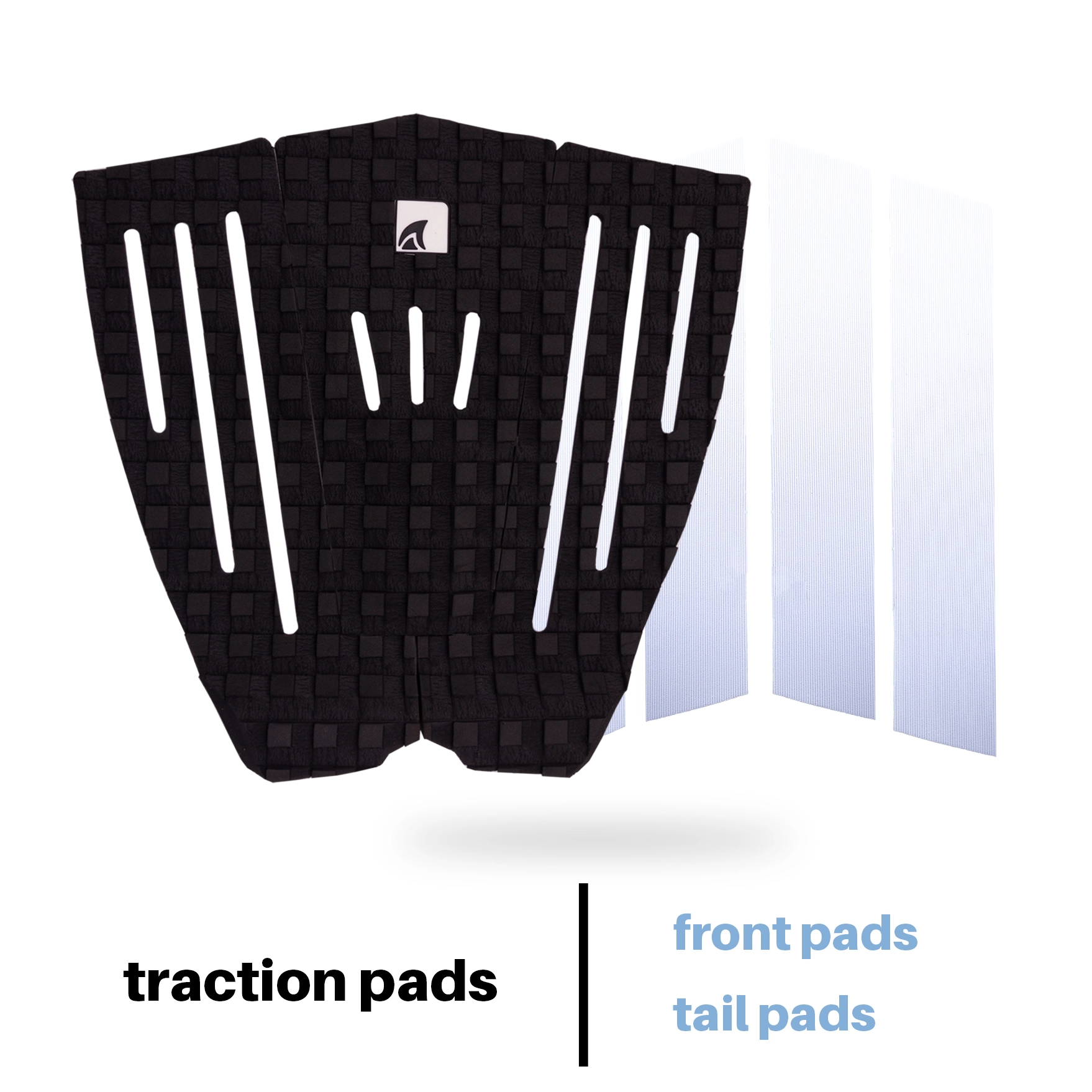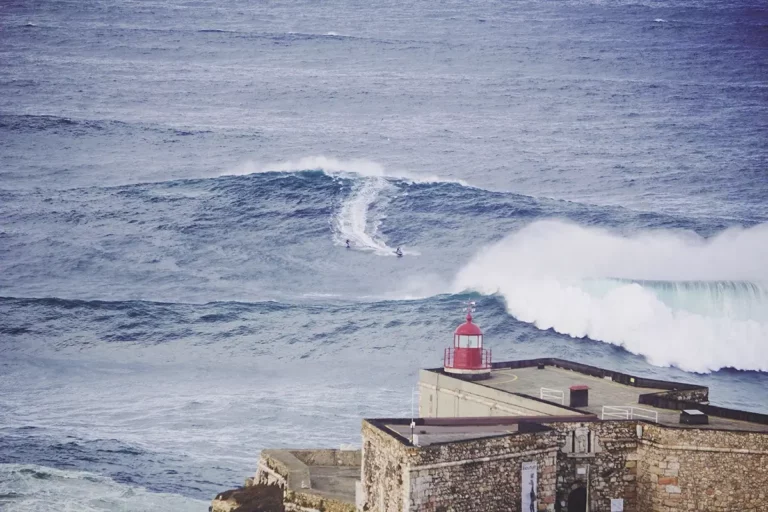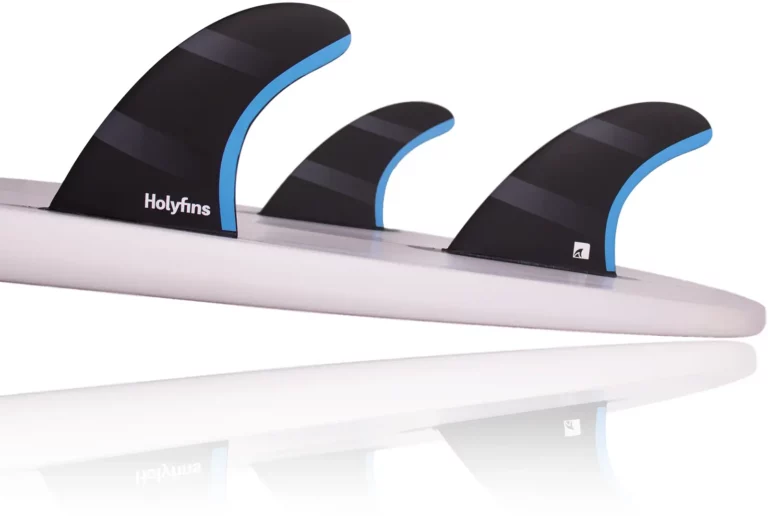When it comes to catching waves, surfers are always looking for that extra edge. One technique that has been debated among wave riders is whether kicking your feet while paddling can increase your speed and improve your chances of catching a wave. In this article, we will delve into the advantages and drawbacks of this technique, aiming to provide clarity on why its effectiveness may not align with some surfers’ beliefs.
Advantages and Why Surfers Do It
It does two things
It tilts the Board forward: Kicking your feet while paddling tilts the front of your board downward, which lifts the back. This positioning allows you to plane down the face of the wave at the crucial moment during takeoff. By angling your board correctly, you can achieve a better position for catching the wave.
It changes your weight distribution: Kicking your feet also helps to shift your body weight forward, placing you in a better position to start planning down the face of the wave. Instead of plowing through the water, you are ready to take advantage of the wave’s energy and glide smoothly along its face.
Paddling with your feet does not actually increase your speed, despite common misconceptions. You can easily test this in calm waters or a swimming pool, where kicking your feet does not result in a noticeable boost in speed. In fact, it can have the opposite effect, as we will explore. The main advantage of kicking your feet while paddling is the vertical lift it provides and the alteration of weight distribution on your board. This can be particularly advantageous in various situations, especially when faced with fast and hollow waves where the surfer’s lower body remains much more submerged than the front half.
Drawbacks and why it Has a Limited Adoption
The multiple disadvantages of the technique
Potential for Imbalance: One of the main drawbacks of kicking your feet while paddling is the potential for imbalance. If your kicks are not symmetrical, they can cause your board to become off-centered. This imbalance slows down your paddling speed by making it harder for you to effectively paddle, defeating the purpose of the technique.
Increased Drag: An unbalanced surfboard creates additional drag, which can hinder your paddling performance. Instead of moving smoothly through the water, an imbalanced board will require more effort to maintain stability and forward momentum.
Social Judgment: Surprisingly, kicking your feet while paddling is not widely accepted or considered a cool practice in surfing. If you fail to catch a wave while using this technique, you may be subject to (more) social judgment from fellow surfers in the lineup. As the noise and splashes caused by kicking can be seen as a nuisance.
In conclusion, while kicking your feet while paddling may initially seem like a promising technique to enhance your catching ability, the reality is that it’s not widely adopted among everyday surfers. The potential for imbalance, increased drag, and social judgment are significant factors that contribute to its limited usage. However, it’s worth noting that the technique is much more common on the professional surfing tour, indicating that once mastered, its benefits more often than not outweigh its drawbacks. Ultimately, the decision to kick or not to kick while paddling for waves on shorter boards comes down to personal preference and finding the most efficient approach at your skill level.
If there’s anything we missed or if you have any questions or additional points to add, please leave a comment below.
If you need any surfing equipment, have a look at our performant and accessible Fins, Traction Pads, and Leashes, which we deliver worldwide!










Leave a Reply